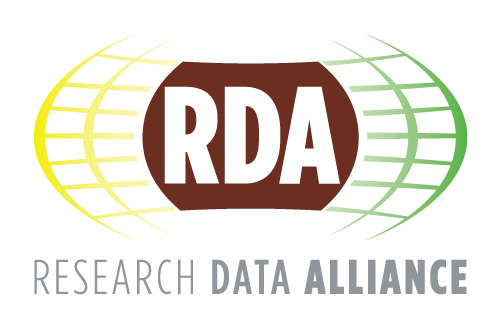Revised Case Statement
-
Discussion
-
Hi All,
Thanks for the feedback from a number of people on the Case Statement.
The Chairs have taken this on board and have made further changes.
We will now be sending this back to the TAB for their consideration.
Regards
Chris
RDA_Urban_QoL_Case_Statement_TAB_Revision_II.docx
Log in to reply.

